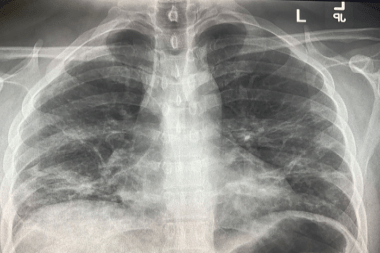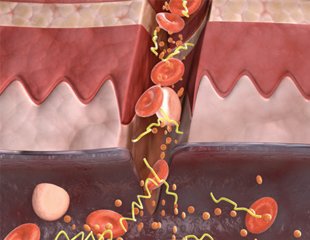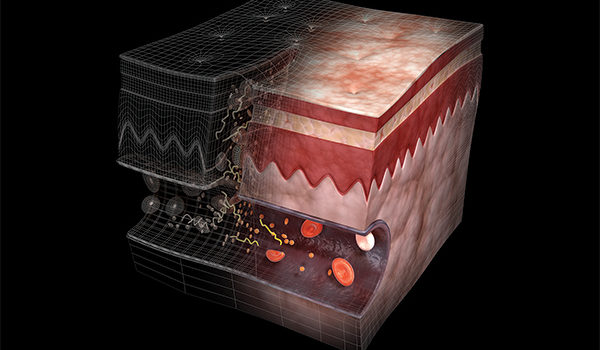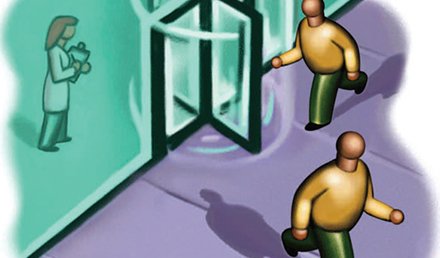Michael B. Weinstock, MD, Ana Echenique, MD, DABR, Joshua W. Russell, MD, MSc, FACEP, Ari Leib, MD, Jordan A. Miller, DO, David J. Cohen, MD, Stephen Waite, MD, Allen Frye, NP, and Frank A. Illuzzi, MD, FACEP Abstract Background/Objective Patients with COVID-19 commonly present to Urgent Care (UC) centers. Our primary objective was to determine what percentage of UC patients with confirmed COVID-19 had normal vs abnormal chest x-rays (CXR). Secondarily, we aim to describe …
Read More









